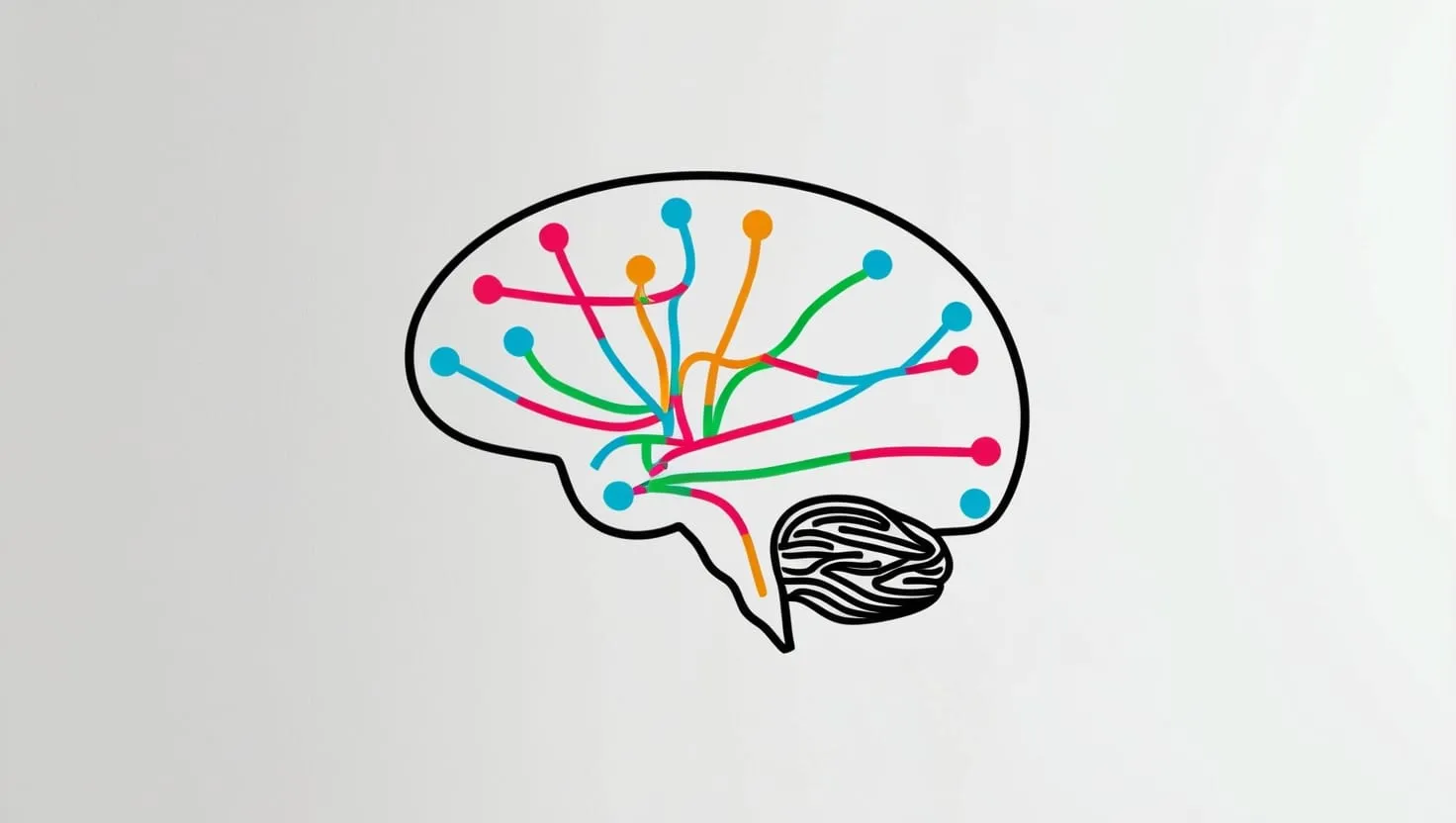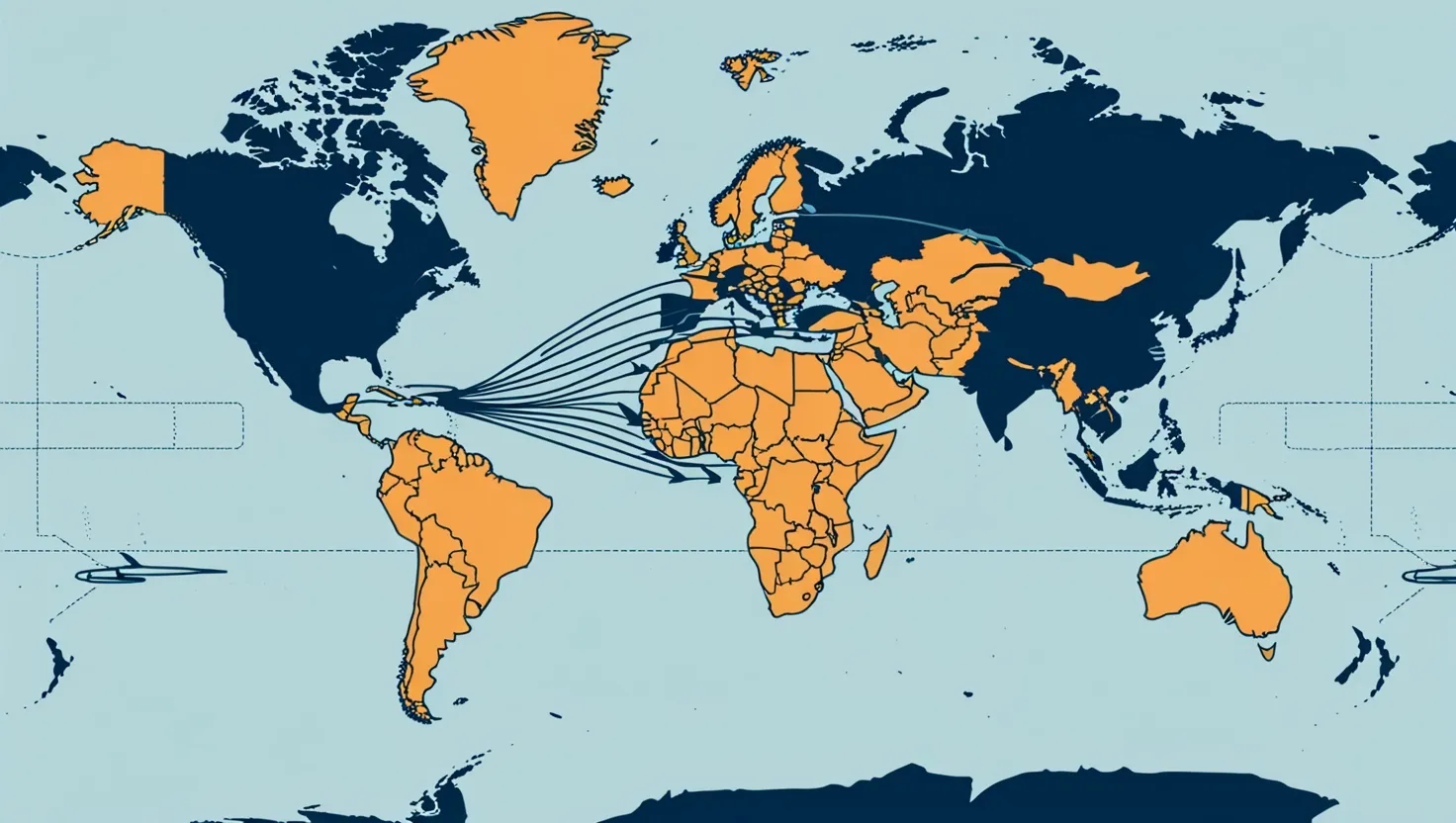When it comes to managing our finances, many of us struggle with habits that seem almost ingrained. We might find ourselves consistently overspending, procrastinating on saving, or making impulsive investment decisions. But what if we could change these habits by understanding how our brains work? As a neuroscientist turned financial advisor, I've seen firsthand how leveraging the science of neuroscience can transform our financial health.
The Power of Neuroplasticity
Our brains are incredibly adaptable, a concept known as neuroplasticity. This means that the connections between our brain cells, or neurons, can change based on our experiences. When we repeat certain behaviors, such as saving money or avoiding impulse purchases, new neural pathways are formed, and existing ones are strengthened. This process is akin to creating new roads in our brain, making it easier to follow these paths over time.
For instance, if you decide to start saving a portion of your income each month, the initial effort might feel like navigating an unpaved road. However, with consistent practice, this pathway becomes smoother and more automatic, eventually turning into a well-formed highway in your brain. This is why repetition is key when forming new financial habits.
Understanding Brain States and Habit Formation
Our brains operate in different states throughout the day, influencing our ability to perform certain tasks. For example, research suggests that our brains are more receptive to new habits during specific phases of the 24-hour cycle. If you're trying to develop a habit of budgeting, doing it at the same time every day can help your brain associate that time with the task, making it easier to stick to.
Consider this: if you want to start a daily habit of tracking your expenses, doing it right after breakfast could become a routine. Over time, your brain will learn to anticipate this task, reducing the effort required to perform it. This approach is grounded in the neuroscience of brain states and can significantly enhance your ability to form and maintain financial habits.
Immediate Goal-Based vs. Identity-Based Habits
When it comes to financial habits, it's crucial to distinguish between immediate goal-based habits and identity-based habits. Immediate goal-based habits are designed to achieve a specific outcome, such as saving $1,000 in three months. These habits are focused on the immediate reward and can be highly motivating but may lose steam once the goal is achieved.
On the other hand, identity-based habits are tied to who you want to be. For example, if you identify as a frugal person, you'll be more inclined to make financial decisions that align with that identity. This approach is more sustainable because it's linked to your self-image rather than a temporary goal. When you see yourself as someone who values financial discipline, you're more likely to maintain habits that support this identity.
The Role of Dopamine and Reward Systems
Dopamine, often referred to as the "reward molecule," plays a significant role in habit formation. When we perform a task and receive a reward, our brain releases dopamine, reinforcing the behavior. In the context of financial habits, this means that if you reward yourself for reaching a savings milestone, you're more likely to continue the behavior.
However, the timing and consistency of these rewards are critical. If the rewards are too sporadic or unpredictable, the habit may not stick. For instance, if you save $100 and then treat yourself to a nice dinner, the immediate reward can motivate you to continue saving. But if the reward is too delayed or inconsistent, the connection between the behavior and the reward may weaken.
Task Bracketing and Neural Circuits
Task bracketing is a technique that involves grouping tasks together to enhance habit formation. By linking a new financial habit to an existing routine, you leverage the neural circuits already established in your brain. For example, if you always check your email first thing in the morning, you could bracket this task with reviewing your budget. Over time, your brain will associate these tasks, making it easier to maintain the new habit.
This approach taps into the basal ganglia, a brain region responsible for generating and stopping behaviors. By creating these task brackets, you're essentially rewiring your brain to include the new habit as part of your daily routine.
Mindfulness and Financial Decisions
Mindfulness can be a powerful tool in managing financial habits. By being more aware of your thoughts and feelings when making financial decisions, you can better understand the underlying motivations and biases. For instance, if you find yourself impulsively buying something because you feel stressed, mindfulness can help you recognize this pattern and make more informed choices.
Practicing mindfulness involves taking a few moments to reflect on your emotions and the sensations in your body. This simple act can help you make more rational financial decisions and avoid habits that might undermine your financial goals.
Habit Stacking
Habit stacking is another effective strategy for building new financial habits. This involves adding a new habit onto an existing one, much like task bracketing. For example, if you have a habit of making coffee every morning, you could stack the habit of reviewing your daily expenses onto this routine.
The key here is to start small and be consistent. If you're trying to develop a habit of saving more, you might start by saving just $5 each day. Over time, you can increase the amount, but the initial small step makes the habit more manageable and less daunting.
Overcoming Limbic Friction
Limbic friction refers to the effort or activation energy needed to engage in a particular behavior. When it comes to financial habits, this friction can be significant. For instance, if you're tired or anxious, you might feel too much limbic friction to start a new savings plan.
To overcome this, it's important to make the initial steps as easy as possible. Instead of trying to save a large amount immediately, start with a small, achievable goal. Celebrate your successes along the way, no matter how small, to build momentum and reduce the friction associated with the new habit.
Personalizing Financial Habits
Every brain is unique, shaped by individual experiences and values. When developing financial habits, it's crucial to understand what motivates you personally. For some, the prospect of financial freedom is a powerful motivator. For others, it might be the desire to provide for their family or achieve a specific financial goal.
By connecting new financial habits to your personal values and goals, you create a stronger neural pathway. For example, if you're saving for a down payment on a house, visualizing the feeling of owning your own home can make the habit more meaningful and sustainable.
Celebrating Successes and Reinforcing Positive Emotions
Positive reinforcement is a powerful tool in habit formation. When you achieve a financial milestone, celebrating it can reinforce the behavior. This doesn't have to be a grand celebration; even a small acknowledgment can make a difference.
For instance, if you've managed to save $1,000, treating yourself to something you enjoy can reinforce the habit. This approach aligns with the concept of "taking in the good," where you focus on the positive emotions associated with the achievement, allowing it to sink into your long-term memory and strengthen the neural pathway.
Real-Life Case Studies
Let's consider a real-life example. Sarah, a young professional, wanted to improve her savings habits. She identified as someone who values financial discipline but found it hard to stick to her savings plan. We started by understanding her brain states and identifying the best time of day for her to review her expenses. We then used task bracketing to link this new habit to her existing morning routine.
To make it more engaging, we incorporated mindfulness practices to help her recognize and manage impulsive spending. Over time, Sarah found it easier to stick to her savings plan, and the habit became more automatic. She celebrated her small victories along the way, which further reinforced the behavior.
Conclusion
Changing our financial habits is not just about willpower; it's about understanding how our brains work and leveraging that knowledge to our advantage. By recognizing the role of neuroplasticity, brain states, dopamine rewards, and mindfulness, we can create more effective strategies for managing our finances.
It's a journey that requires patience, consistency, and a deep understanding of what drives us. But with the right approach, we can literally rewire our brains for better financial health, leading to a more secure and fulfilling financial future. So, the next time you're thinking about your financial habits, remember that you have the power to change them, one neural pathway at a time.






